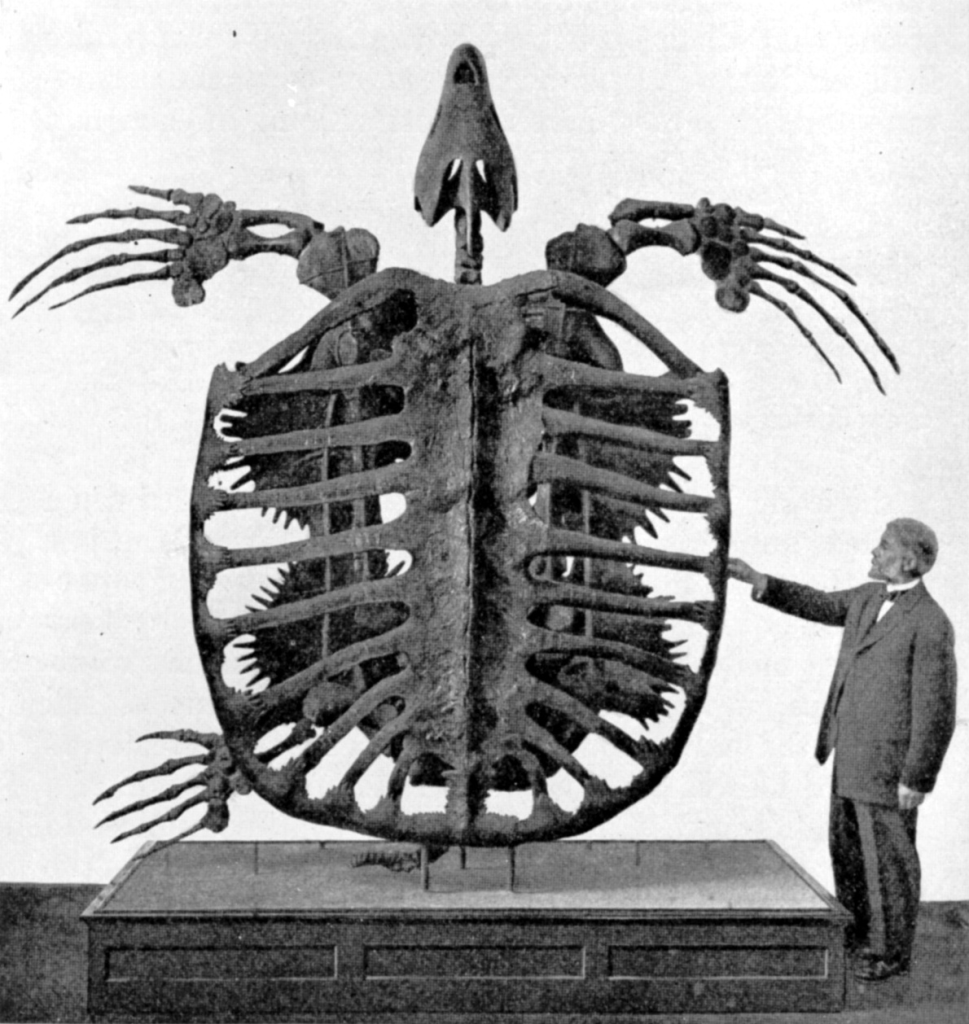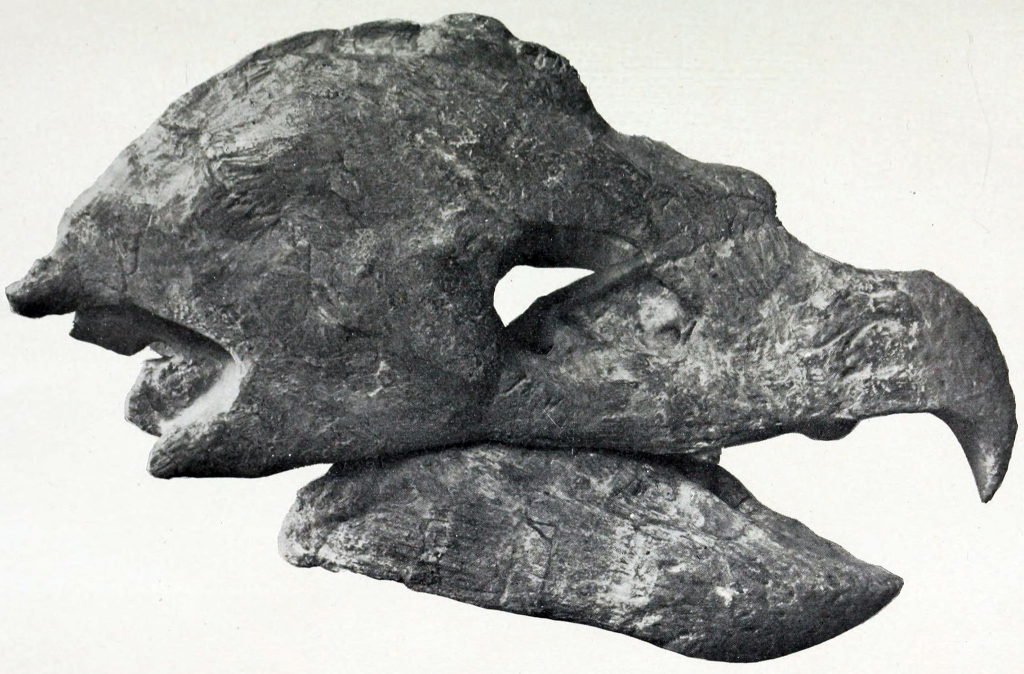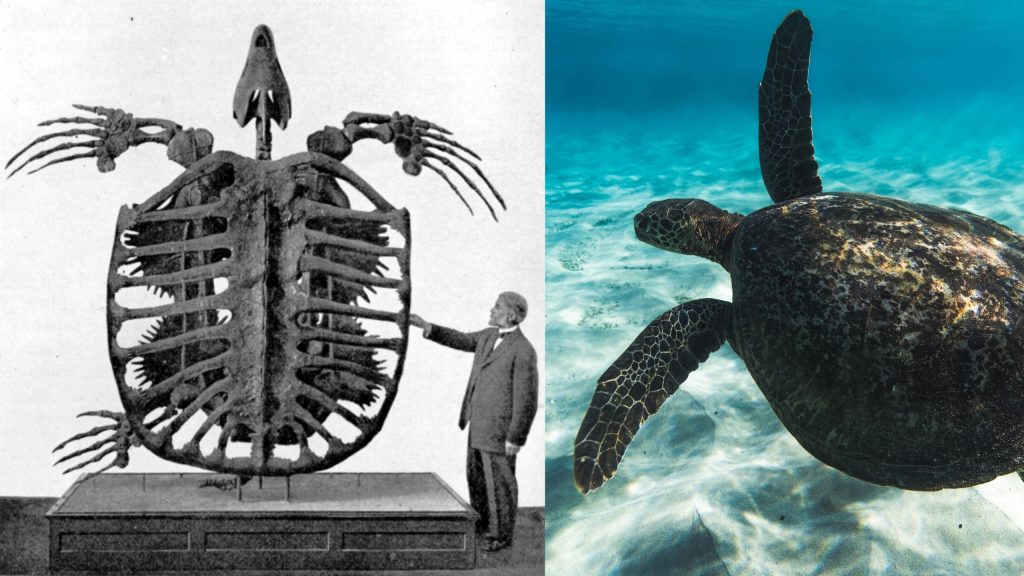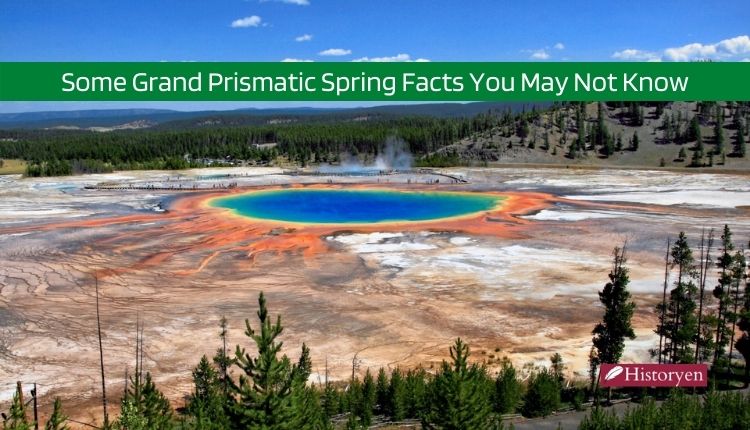Delve into the fascinating world of Archelon, an extinct marine turtle that once ruled the Late Cretaceous seas. This colossal creature holds the title of being the largest turtle ever documented, boasting a jaw-dropping size of 4.6 meters (15 feet) from head to tail and a substantial body mass ranging from 2.2 to 3.2 tons. Let’s embark on a journey to uncover the unique features, lifestyle, and eventual extinction of this ancient giant.
Size and Species

Archelon, identified by the species name A. ischyros, solely resides in the Pierre Shale and stands as an iconic representation of the Late Cretaceous marine life. Originally discovered and named by the eminent American paleontologist George Reber Wieland in 1895, Archelon has etched its place in history as a giant of its time.
Evolutionary Changes
Previously thought to include A. marshii and A. copei, Archelon’s genus has undergone revisions. A. marshii now belongs to Protostega, while A. copei finds its place under Kansastega. These reassignments emphasize the evolving understanding of prehistoric marine ecosystems.
Archelon’s Unique Characteristics

Distinguishing itself from modern sea turtles, Archelon sported a leathery carapace, deviating from the typical hard shell. The carapace likely featured small ridges, each reaching heights of 2.5 or 5 cm. Armed with a distinctly hooked beak, Archelon’s jaws were adept at crushing, suggesting a diet that included hard-shelled crustaceans, mollusks, and possibly sponges. It might have also preyed upon other marine creatures like jellyfish, squid, or nautiloids.
Adaptations for Predation
While possessing powerful foreflippers, Archelon exhibited the ability to produce robust strokes essential for open-ocean travel. This feature, coupled with its capability for swift maneuvers, would have enabled Archelon to navigate the seas efficiently and evade potential predators. The species thrived in the northern Western Interior Seaway, sharing its habitat with plesiosaurs, hesperornithiform seabirds, and mosasaurs.
The Decline and Extinction of Archelon

Archelon’s existence in the Late Cretaceous came to an end, possibly due to a combination of environmental changes. The shrinking of the Western Interior Seaway, increased infant mortality rates in the sea, heightened instances of egg and hatchling predation on land, and a rapidly cooling climate all played roles in the species’ demise.
Taxonomic Insights
The holotype specimen, YPM 3000, was unearthed in South Dakota by George Reber Wieland in 1895. Wieland named it Archelon ischyros, with “arche-” meaning ‘first/early’ and “chelone” translating to ‘turtle’ in Ancient Greek. The species name, ischyros, signifies ‘mighty’ or ‘powerful.’ Over the years, further specimens have been discovered, contributing to a more comprehensive understanding of Archelon’s taxonomy.
Species Reclassification
Throughout the years, taxonomic revisions have occurred. A. marshii, initially described in 1900, was later reclassified as Protostega marshii in 1909. Similarly, A. copei found a new home in the genus Archelon before being further reassigned to Kansastega in 1998.
Recent Discoveries
In 1992, the discovery of “Brigitta,” the largest Archelon specimen to date, shed new light on the species. This remarkable find, along with a partial skeleton from North Dakota in 2002, continues to fuel the intrigue surrounding this ancient giant.
In conclusion, Archelon, with its imposing size and unique characteristics, remains a captivating subject of study in the realm of paleontology. As researchers uncover more about its evolutionary journey and the factors contributing to its extinction, the legacy of Archelon as the giant marine turtle of the Late Cretaceous grows even more intriguing.



